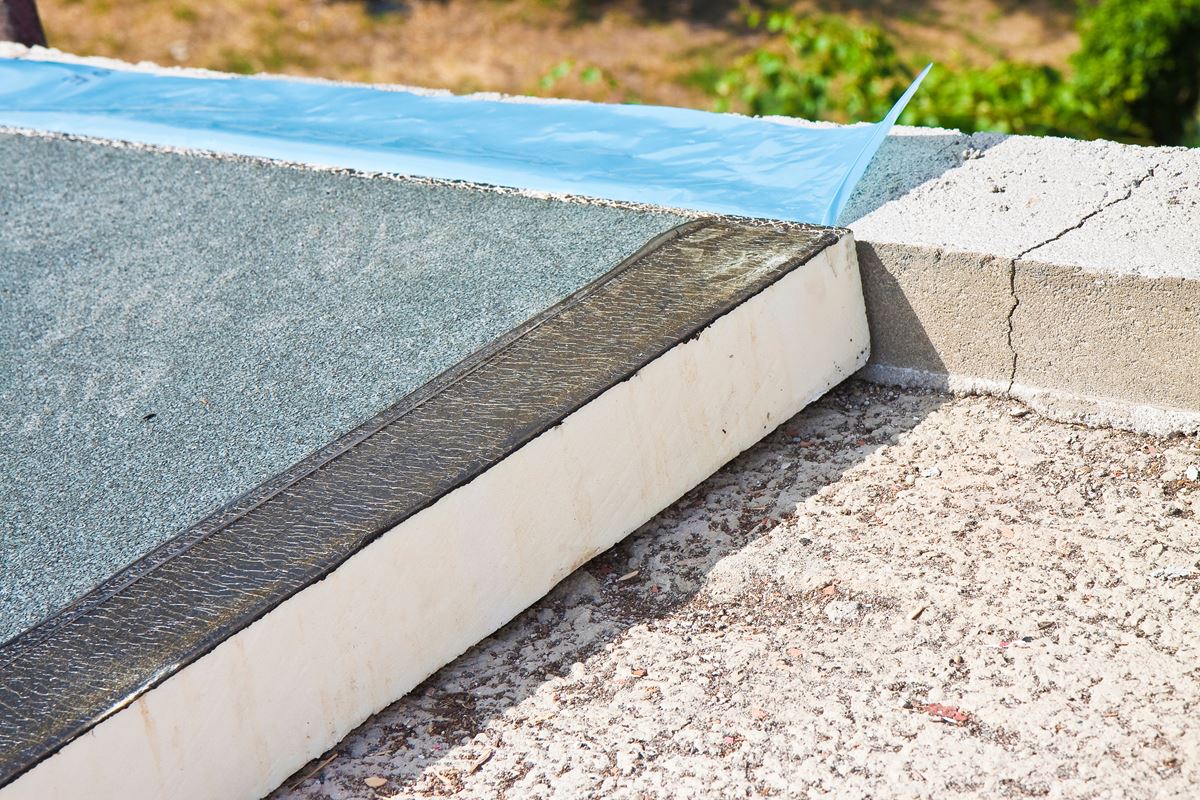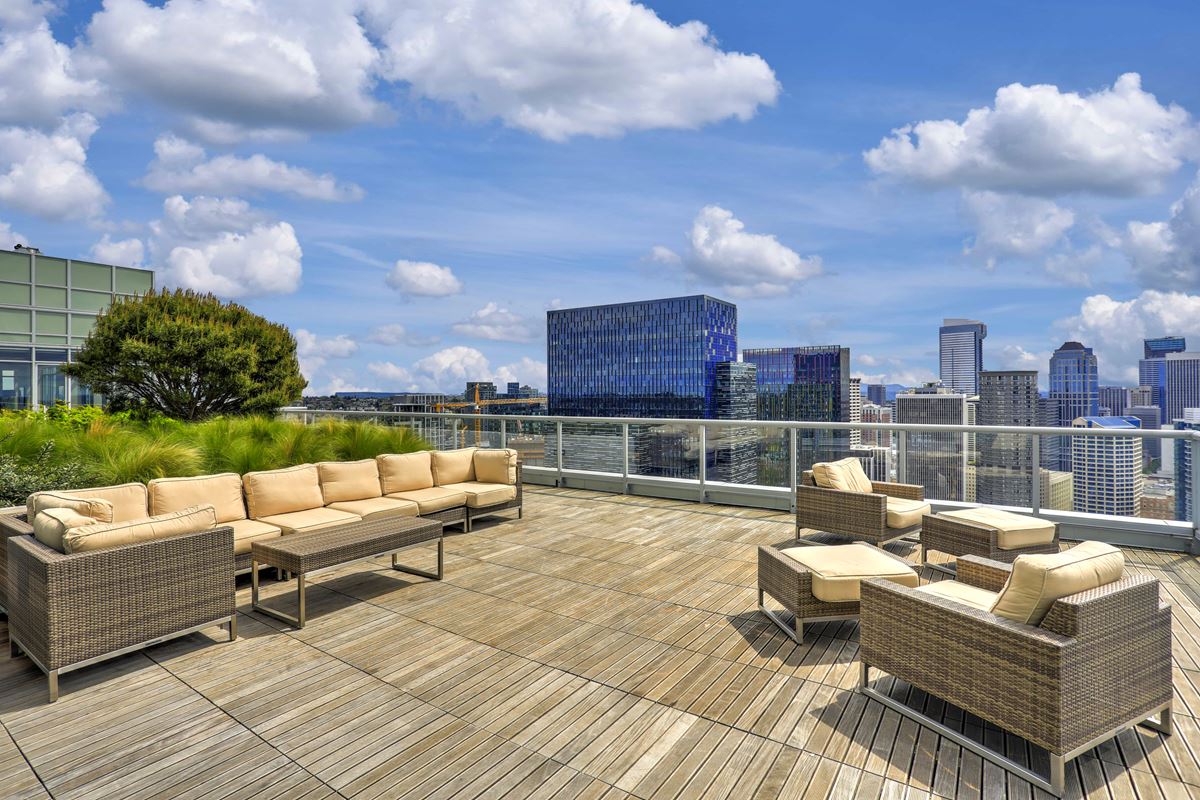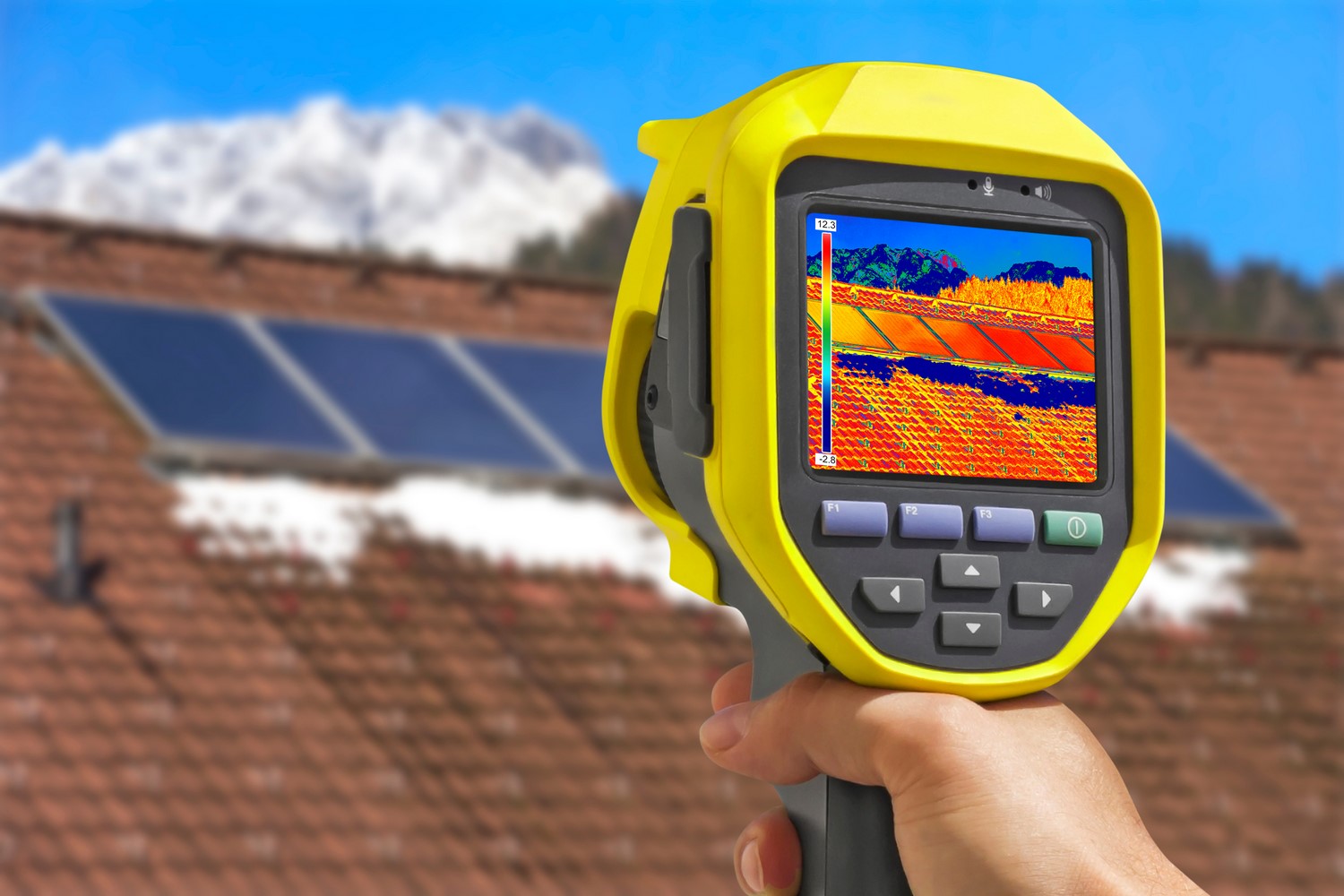April 26, 2022

Warm Roof vs Cold Roof – What’s the difference?
During a flat roof installation project, the roof is normally classified as a cold or warm roof. There is a distinct difference between these two types of constructions and each has its own use and place. Let’s take a look at these two types of roof construction methods and how they differ.
In flat roof construction the terms cold or warm refers to the structural substrate used, such as plywood, OSB, profiled steel or concrete roof deck.
Warm roof
When the insulation layer is placed on top of your flat roofing substrate or decking it is termed a warm roof. The roof substrate and structure are on the heated side of the insulation, hence the reference to warm in the term.
Cold Roof
The opposite is true for the cold roof. The insulation is placed between the rafters or in the structure and the roof substrate or decking is installed above the insulation. This is a cold construction method as the substrate is on the cool side of the insulation.
Here are some pros and cons of both construction methods:
Roof build-up height
Cold roof: The overall build-up of the roof is normally lower as most of the insulation is between the rafters.
Warm roof: The overall build-up of the roof is normally higher as the insulation is laid above the substrate layer.
Thermal Performance
Cold roof: As the insulation is within the rafters and structure some of the structural elements can act as thermal bridges, transmitting heat or cold past the insulation. On occasion additional internal insulation may be installed to prevent this.
Warm roof: Thermal bridging is not normally an issue as the insulation is on the inside of the structure.
Vapour Control Layer (VCL)
Cold roof: At the points where the internal surfaces are secured the VLC is normally punctured. At these points there is a good chance that vapor moisture will be able to seep through.
Warm roof: The VLC is normally bonded to the top of the substrate layer and as a result the integrity of the VLC remains intact. Only where the waterproofing layer is mechanically attached or fixed the VLC is punctured.
Moisture/interstitial condensation in the roof construction
Cold roof: Special ventilation requirements have to be met to deal with potential moisture and internal condensation issues. These issues result due to the VLC being punctured when the internal finishes are secured. Ventilation of cold roofs has to be in compliance with BS5250 regulations.
Warm roof: In theory and based on the construction methods there should be no moisture or internal condensation issues in a warm roof. Warm roofs therefore do not require ventilation. If water does manage to penetrate into the roofing structure there will be no ventilation to help the water evaporate and this can lead to the insulation degrading and the resulting loss of U-value. Water can access the structure if the VCL was incorrectly or poorly installed or unforeseen rain during construction.
Roof surface bearing load
Cold roof: The roof covering allows enough support for plants, decking and even pedestrian access as it is installed directly above the roofing substrate and is well supported as such. The insulation is below the structure.
Warm roof: The roof covering is installed directly above the insulation on top of the roofing substrate. This means that the insulation can be compressed under added weight and this can lead to waterproofing membrane punctures and damage to the insulation. Soon you might have a flat roof repair requirement.
Compatibility
Cold roof: Is compatible with all types of roof coverings.
Warm roof: Is compatible with all types of roof coverings, except fully supported metal roofing.
Clearly both roof construction methods have their own uses and place in the sun, but it can be challenging to create the ventilation for a cold flat roof. For those rarely used cold spaces in your home it could help to think about a warm flat roof replacement. Speak to your local flat roof experts about your options.



